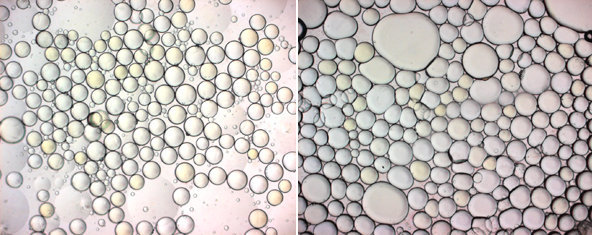Pluto has five moons. It's a planet, dammit!
Adam Rifkin stashed this in The Universe
Stashed in: Science!, I see what you did there., Awesome, Yo Dawg, Your argument is invalid., @neiltyson, Moon!, Boy, that escalated quickly., Forever Alone
What the heck is wrong with those Pluto-hating scientists?
Jeffrey Kluger of Time Magazine writes:
Pluto’s been getting a lot of love — and a lot of redemption — lately, thanks to observations by the Hubble Space Telescope, which just discovered yet another moon circling the lonely little world. That brings Pluto’s total to five, which — if you’re counting — is four more than Earth has and five more than moonless Mercury and Venus.
The fact that Pluto had any moons at all was something of a surprise. Just 1,412 mi. (2274 km) in diameter, it’s less than half the size even of tiny Mercury. Pluto was discovered in 1930 and for nearly 50 years, there was no evidence at all of anything orbiting it. That changed in 1978, when astronomers at the U.S. Naval Observatory in Flagstaff, Ariz. discovered the moon Charon, which, at 1,206 mi. (1,940 km) was practically a Plutonian co-equal. In 2005, the Hubble Space Telescope turned up two more moons: tiny Nix, no more than 42 mi. (68 km) across; and her big sister Hydra—52 mi. (84 km) in diameter. Just last year, Hubble found yet another member of Pluto’s litter, a flyspeck of a satellite that measures just 21 mi. (34 km). The little bit of rubble doesn’t even have a formal name yet and is now known unlyrically simply as P4.
And this week, again courtesy of Hubble, comes P5, which is the smallest of all, perhaps 15 mi. (24 km) wide. The Plutophiles love it. “Are there still any doubts that the IAU vote in 2006 was premature?” asks Laurel’s Pluto Blog, hosted by a writer who proudly ID’s herself as Plutogirl. Adds @NickAstronomer, via Twitter: “when is a planet not a planet – oh yeah …when it has 5 moons,” And, Tweets the venerable @Newscentist: “Important enough to have 5 satellites? You are a planet!”
Plutophiles unite!
We want our planet status back!!
That an object the size of Pluto has moons at all, at such incredibly close orbits, let alone 5(!), really points LESS to it being a standard planet and more that it's the largest Kuiper Belt Object/Minor Planet.
What's clear is that it's a totally different class of object from any other planet.
And to think, a hundred years ago humanity didn't even know Pluto exists at all.
True... but Tombaugh got lucky. Lord knows how many highly eccentric, trans-Neptunian KBOs are out there *cough*Triton*cough*.
I love the phrase "trans-Neptunian KBOs". :)
















2:36 PM Jul 13 2012